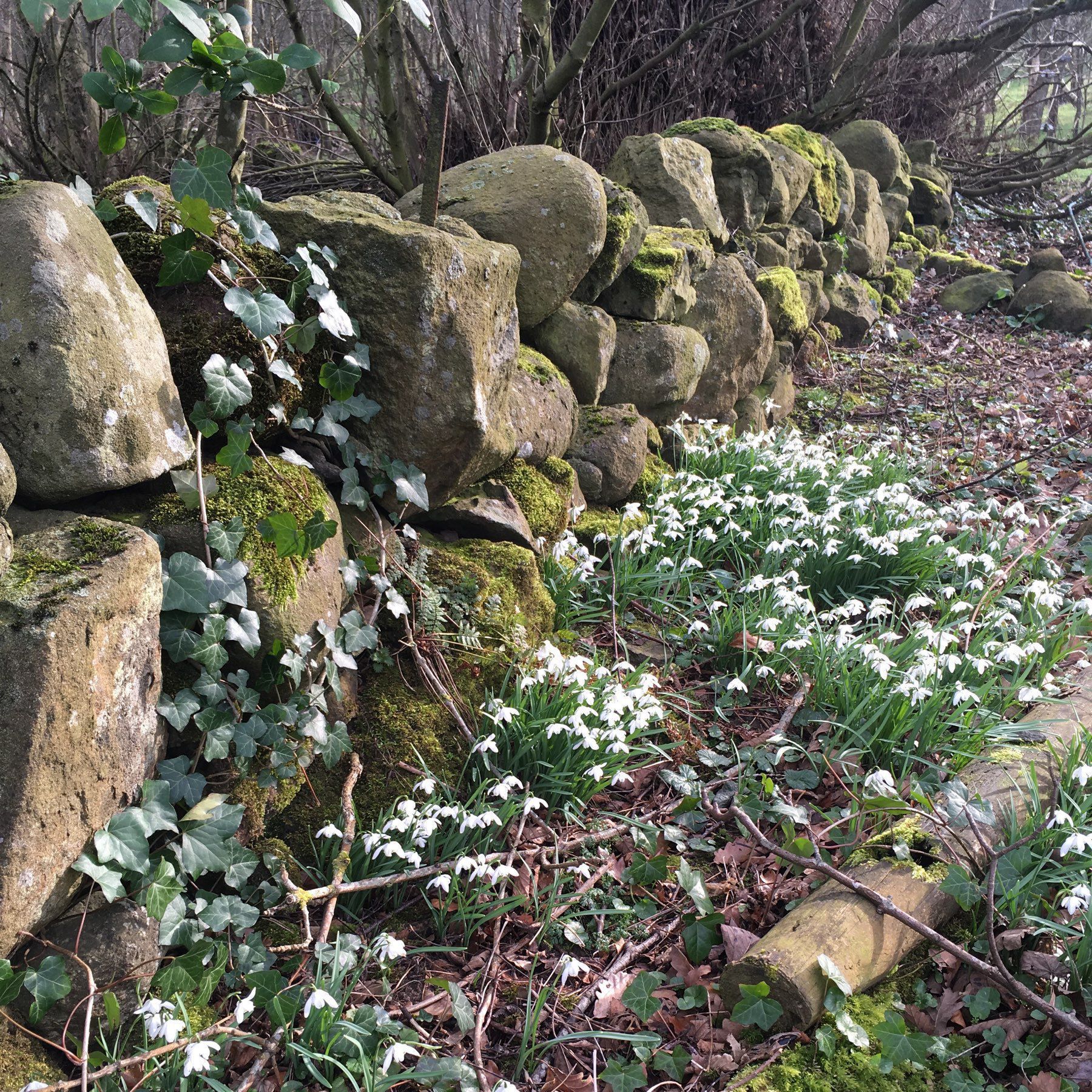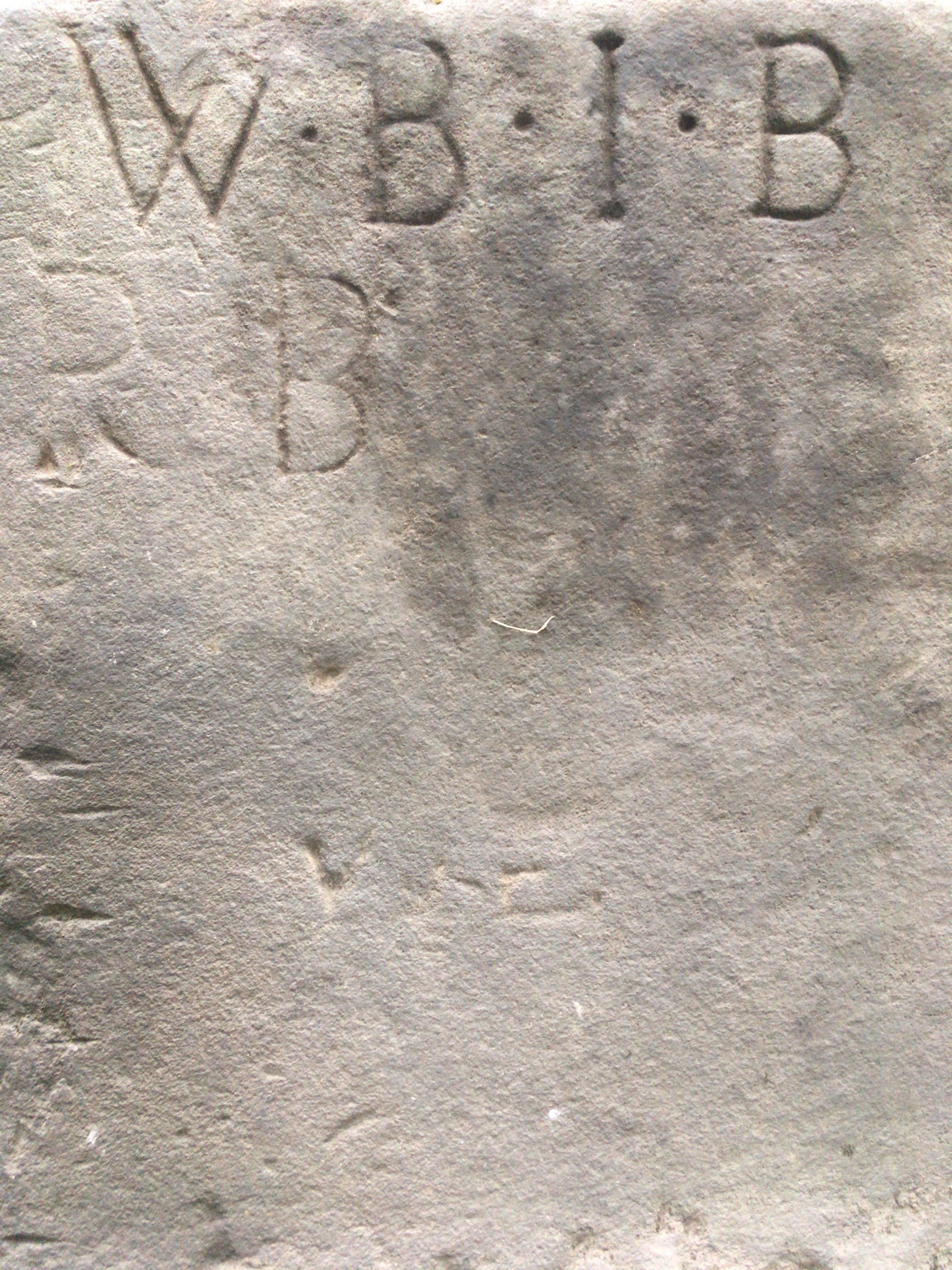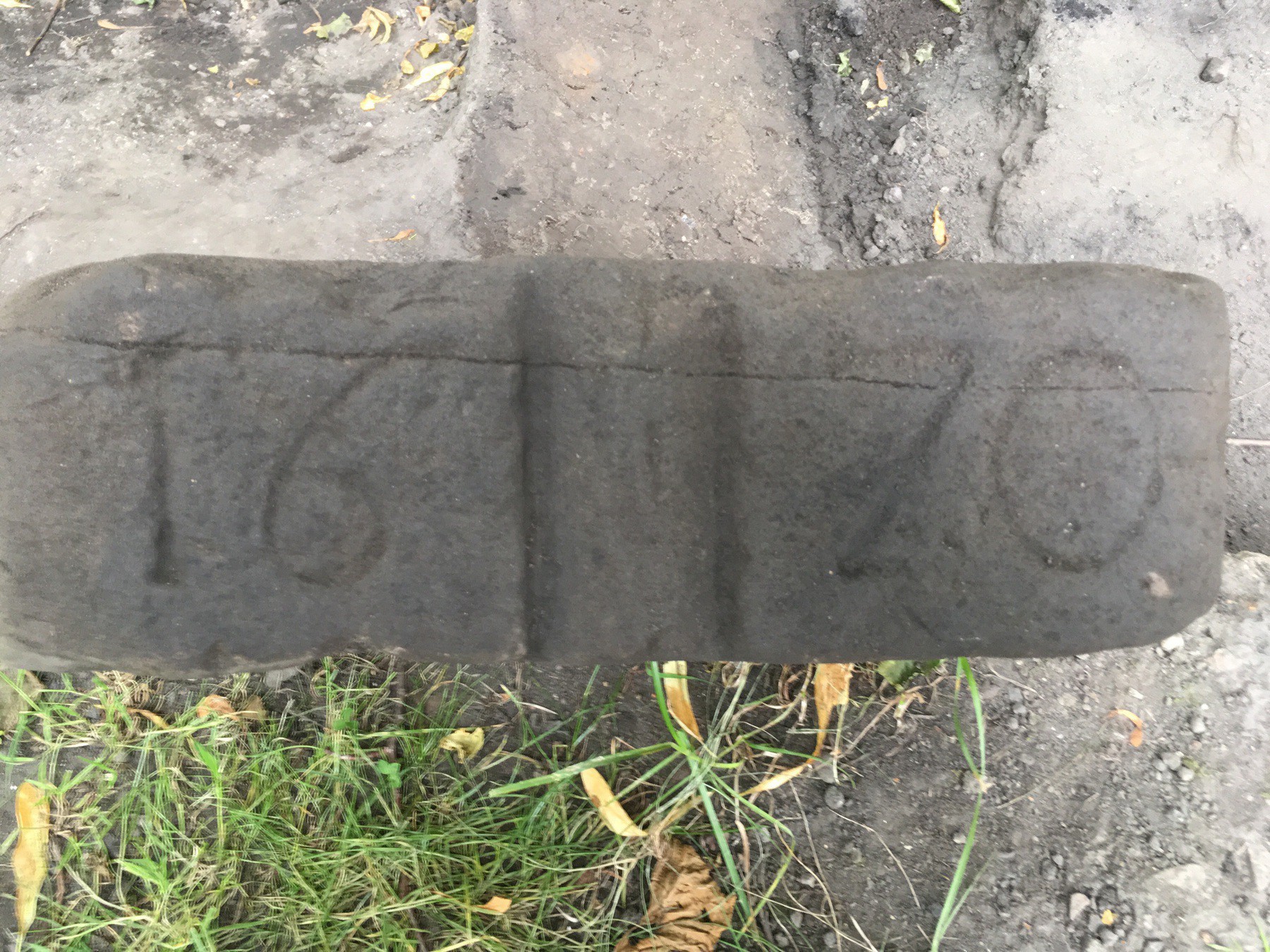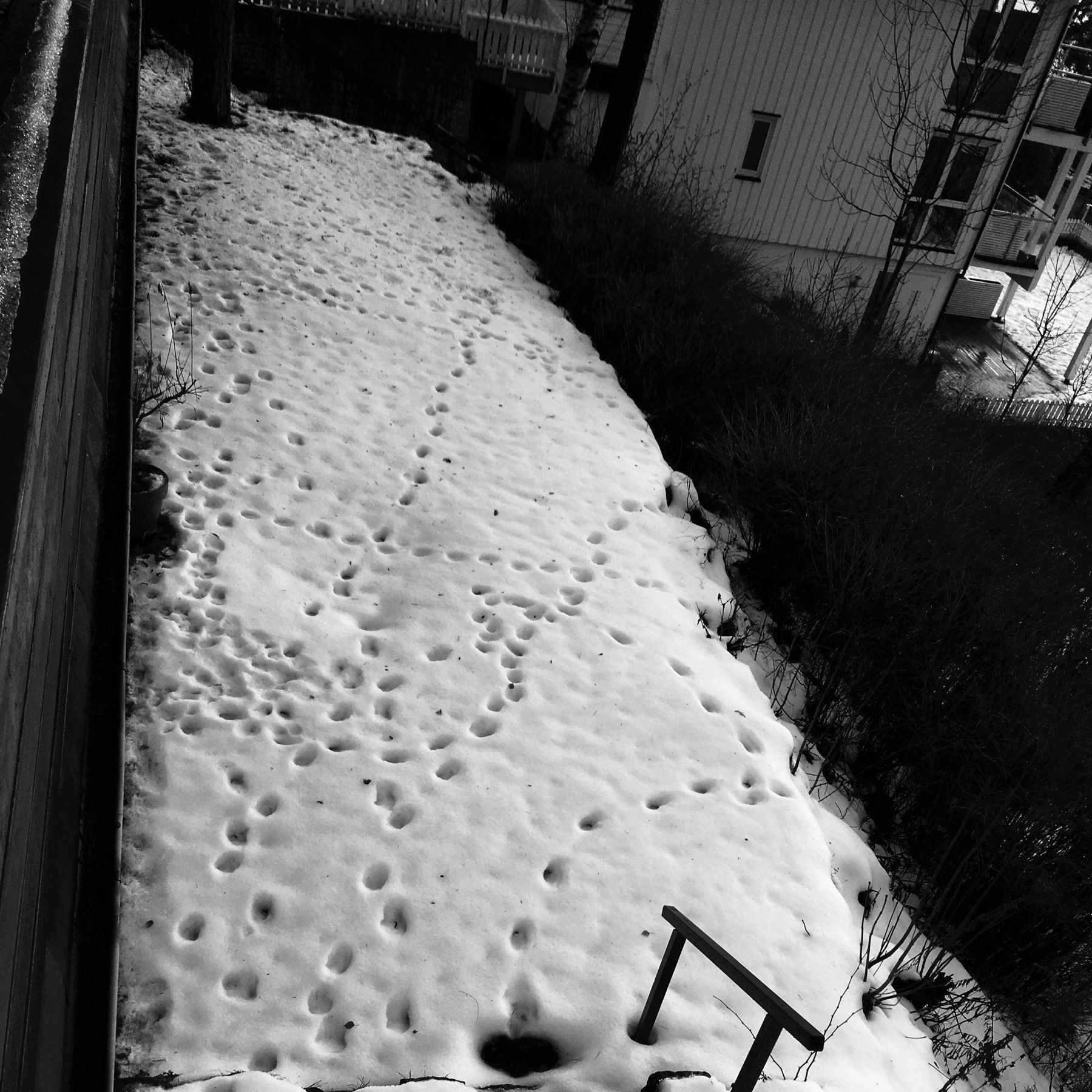Bits and Bobs, but mostly Bobs
Rather cool find in an old graveyard
Just spent a couple of days finishing off an excavation in the old burgh graveyard in Dunfermline, searching for buried gravestones. We found this one, lying flat, rather feeble inscription facing upward. Earlier stones often just carry initials, so here we probably have a husband: W.B., his wife: I.B. And their offspring R.B. Scottish married women were always recorded with their maiden name on anything official, so the second B needn’t represent the same surname as the husband’s. The first line of the inscription has clearly been executed by a competent stone mason, while the second line almost looks like a graffito.
The stone is light enough to flip, so we did, just in case there was more information on the reverse face. There wasn’t, but the top of the stone included the date 1670 and has been surprisingly well finished, presumably by the same mason who engraved the first line of initials. This is one of the oldest stones to be recovered.
A quick look at the parish records show that 1670 falls within a long gap in burial records, though it may be possible to find the family using birth records.
Why do cafes so often put a paper napkin underneath the food they bring you? Why is it thought so good to have a soggy, greasy and unusable napkin beneath one’s food? I shall cling to the hope that it is only common in the east of Scotland and unheard of elsewhere.
Wonderful February
I happened to be passing a nature reserve yesterday at lunchtime. A Nature reserve with a very good cafe (it’s called Vane Farm), so naturally I stopped and had some. To get to the cafe you have to walk through a patch of woodland that is awash with snowdrops just now.
February has been both mild and clement (except for an hour on Saturday, during which time I got soaked) here in the east of Scotland. In fact we have been having those “any-time-of-year” temperatures which could just as easily be somewhat crappy summer weather.
For an archaeologist it has been just amazing. I was working outside, in the shade, in a tee shirt last week, and only trowelling, not doing anything heavy.
Naturally we happy inhabitants of Scotland are just waiting for payment to be demanded. Where are the midges is what I want to know. It’s warm enough, damp enough, so where are they? What impending doom are they instinctively aware of that we humans cannot detect?

So now we know just what stone circles are all about: archaeologynewsnetwork.blogspot.com/2019/01/a…



